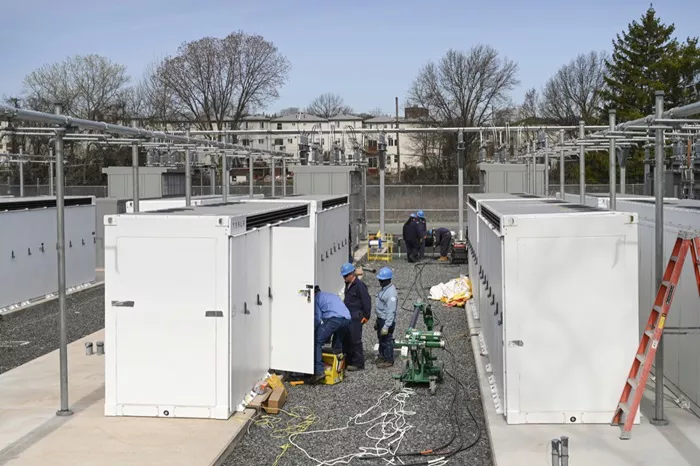Tesla has made significant strides in enhancing its mobile EV charging infrastructure by integrating its Megapack stationary battery into mobile charging stations, offering a solution that addresses weak infrastructure, increased traffic, and disaster recovery scenarios. Initially launched in 2019, the 3-MWh Megapack has become an essential tool for charging electric vehicles (EVs) in remote locations or during times of high demand.
A Clean and Scalable Charging Solution
The Megapack Charger integrates Tesla’s Megapack, charging cabinets, and up to eight 250-kW charging stalls, all housed within a mobile trailer. These units also include solar panels to keep the site’s controller running at all times, even when the unit is deactivated or its power is depleted. With an internet connection provided by Starlink, the mobile chargers can be quickly deployed to areas where extra charging capacity is needed, whether for popular events, holidays, or emergency situations.
According to Tesla, each Megapack Charger has enough capacity to charge approximately 75 EVs per day, ensuring that drivers have access to reliable, clean charging solutions even in remote or underserved locations.
Charging Logistics: How Does Tesla Top Up the Megapack?
Many critics were concerned about how Tesla would recharge these mobile stations once their storage capacity was exhausted. The company had previously relied on diesel generators to power charging stations, but with the advent of the Megapack, this is no longer necessary.
Head of Tesla’s Charging division, explained that the Megapack Charger is connected to a Supercharger cabinet. During low-traffic hours at night, the Supercharger is taken offline, allowing the Megapack to fully charge. By the time the station is needed again during high-traffic periods in the morning, the storage battery is ready to go.
Deployment Strategy and Cost Considerations
Tesla’s mobile charging units, while costly to deploy, are deemed invaluable during peak demand times or emergencies. Tesla has disclosed that it plans to deploy four additional Megapack Chargers before Christmas to handle the anticipated surge in holiday travel. These units will be placed in the following locations:
- Bakersfield, CA
- Primm, NV
- El Centro, CA
- Cambridge, OH
The mobile charging trailers offer additional charging stalls, which are displayed in the vehicle’s infotainment system, giving customers real-time information on charging capacity at the station.
Tesla’s Charging Ambitions and Expectations
In the coming weeks, Tesla expects its Supercharger network to handle over 20 GWh of charging per day across its networks in North America, Asia Pacific, and Europe. The company continues to prioritize near 100% uptime, although questions around how this is calculated have sparked controversy in the past.
Tesla’s Megapack Chargers represent a significant step forward in making EV charging more accessible, scalable, and clean, all while supporting the transition to sustainable transportation.
Related topics:
- NorthWestern Energy to Power Atlas Data Center in Butte, Montana
- Direct Relief Aids Ukraine’s Energy Resilience with Tesla Powerwall Units
- Local Governments Boost Emergency Preparedness with New Power Systems

